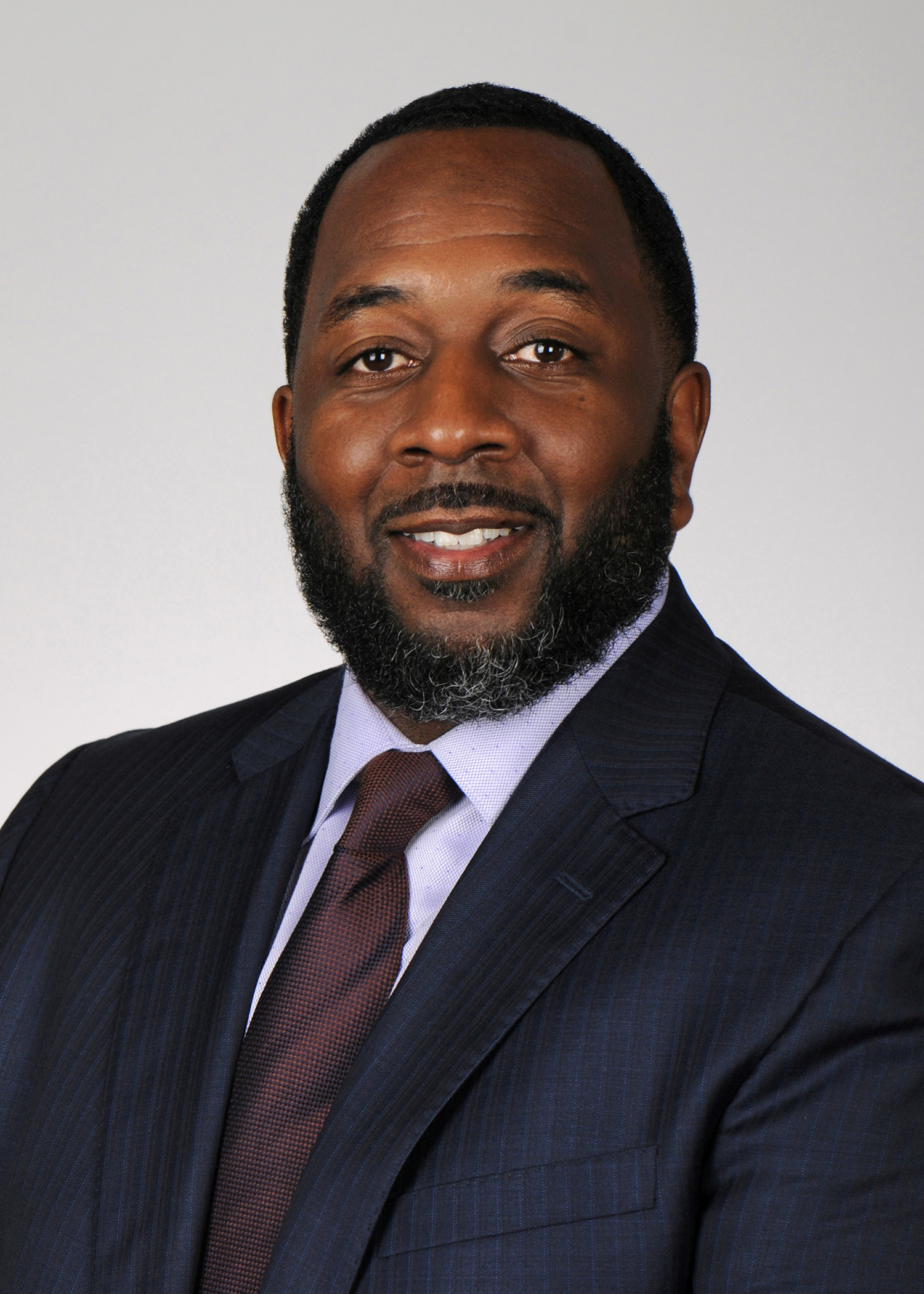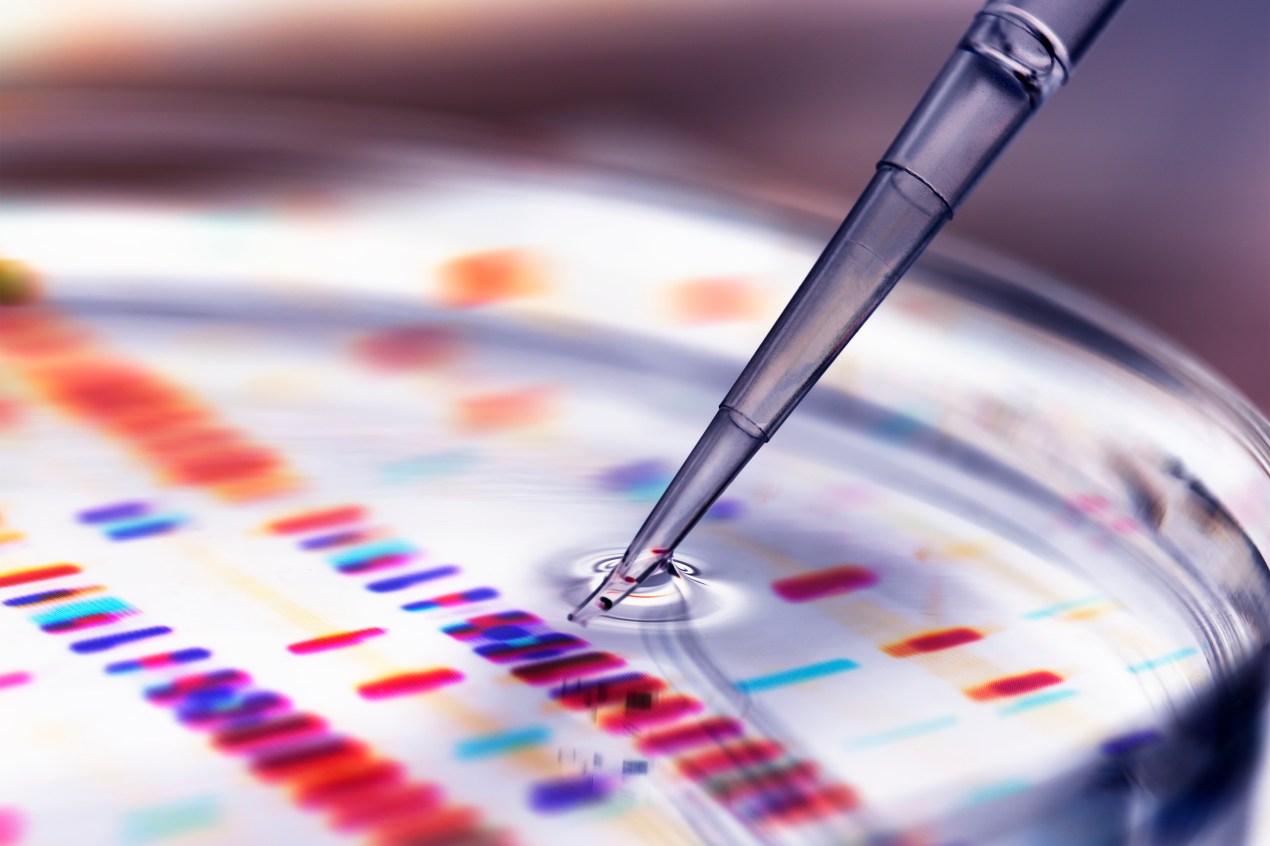Quenton Tompkins’ family tree is deeply rooted in rural McCormick County, South Carolina.
His grandfather was a sharecropper in McCormick. His mother, who turns 88 this month, grew up as the youngest of 24 children. Branches of aunts, uncles, and cousins now stretch from Florida to Chicago.
And although 48-year-old Tompkins has heard plenty of stories, his family holds its secrets, too.
He didn’t know until he was an adult that his grandfather died of leukemia. And he’s still unsure if his father’s bout with prostate cancer runs in the family. Tompkins’ mother and her siblings have dealt with a range of health issues, including diabetes, heart attacks, and strokes, but he still doesn’t know what killed his grandmother more than 70 years ago.
“Those are questions I go through personally,” said Tompkins, a lobbyist for the Medical University of South Carolina. “There’s another side to knowing where you come from.”
Twenty-two years ago, President Bill Clinton announced the completion of a “draft version” of the Human Genome Project, a breakthrough he described as “the language in which God created life.” He predicted that scientists, armed with genetic discoveries, would find cures for Alzheimer’s disease, cancer, Parkinson’s disease, and diabetes in the coming years.
Clinton’s prediction, of course, hasn’t yet come to pass. But researchers in Charleston are hopeful that a large genetics research project underway across South Carolina may help scientists address some of the state’s persistent health disparities, which disproportionately impact its Black residents and regularly rank among the nation’s worst.
The university health system intends to enroll 100,000 of South Carolina’s 5 million residents in genetic testing over the next four years in hopes of better understanding how DNA influences health. Researchers also want to recruit participants who reflect the diversity of the state’s population.
It’s an ambitious goal. With nearly 27% of South Carolina residents identifying as Black or African American, the MUSC genetics research project, called “In Our DNA SC,” would — if successful — accomplish something most other genetics research projects have failed to do. Historically, diverse participation in this type of research has been very low.
“There’s a trust factor. It’s plain and simple,” said Tompkins, who is developing an outreach program for the project.

He referenced Henrietta Lacks, a Black woman in Baltimore whose cells were used without her or her family’s knowledge for research purposes by doctors at Johns Hopkins University in the 1950s, and the Tuskegee syphilis study, conducted over nearly 40 years starting in the 1930s. Researchers deceived hundreds of Black men enrolled in the study, telling them they were being treated for syphilis when, in fact, they were left untreated, even after penicillin became widely available.
“Those are still fresh in many people’s minds,” Tompkins said. “We’ve come a long way from those stories — it doesn’t dismiss what happened — but there are a lot more controls and oversight in place to ward those things off from happening again.”
But it’s not only history feeding this distrust. Bias and racism evident in medicine today contribute to the problem.
Diversity in genetics research is so low that approximately 90% of participants in projects launched since the first sequencing of the human genome have been individuals of European descent or those who identify as white, said Dr. Shoa Clarke, a pediatric cardiologist and geneticist at Stanford University.
These numbers affect real-life health care. Clarke and others published research last year showing that a DNA-based tool used to assess a patient’s risk of developing high cholesterol works reliably well only when administered to those of Northern European descent. That’s because the tool was developed using information from genetic “bio-banks” largely made up of DNA from white people. And aside from a large DNA bank compiled by the Department of Veterans Affairs, this is generally the norm.
Human beings, regardless of race, are more than 99% genetically identical, but small variations and mutations passed down through generations can influence health outcomes in huge ways, Clarke explained.
“Genetics is not the cause of health disparities,” he said. “But as we move toward using genetics in clinical settings, it’s very possible they could create new disparities.”
In South Carolina, health disparities between Black and white patients are already acute, said Marvella Ford, a researcher at MUSC’s Hollings Cancer Center in Charleston.
“South Carolina — compared to the rest of the country — we’re usually in the bottom tier,” Ford said. The prostate cancer mortality rate in South Carolina, for example, is 2½ times higher for Black men than white men, she said.
“When you look at most other chronic conditions,” she said, “you see the same thing.”
She called the genetics project at MUSC “a great opportunity to open the doors.” Even so, the topic of recruiting Black research participants for genetics studies is complex.
“There’s debate on how we should be doing this work,” said Shawneequa Callier, an attorney and an associate professor of bioethics at George Washington University. “There’s just so much diversity in Africa. It’s the cradle of humanity.”
Men and women transported to Charleston and other American port cities during the transatlantic slave trade came from a wide region of Africa — mostly from West Central Africa, but in large numbers from regions farther north, too. Once in America, they were often separated and forced hundreds of miles apart. This explains why someone whose ancestors lived on one of South Carolina’s barrier islands may have inherited different genetic variants than someone from a multigenerational Black family inland in McCormick County, just north of Augusta, Georgia.
That’s also why categorizing genetics research participants simply as “Black” or “African American,” without more context, may not yield particularly useful research insights, Callier said.
“If you don’t study the data and study it well, that’s a real dereliction of ethical duty,” Callier said.
Those who choose to participate in the MUSC project stand to benefit from it directly, its organizers said. After submitting a saliva sample, each participant will receive a report indicating if they have one or more of three genetic conditions that may put them at a higher risk for heart disease and certain cancers — such as one of the BRCA mutations linked to breast cancer. If they test positive for one of these conditions, they will be connected at no cost to a genetics counselor, who can assist with information and treatment options related to a patient’s inherited risks. Participants will also learn where their ancestors likely lived.
The de-identified DNA data will then be used by researchers at MUSC, as well as those at Helix, a private California-based genomics company, which will process the saliva samples and extract the genetic information from each participant’s sample. Researchers at MUSC and Helix have indicated they hope to use the results to better figure out how DNA affects population health. Heather Woolwine, an MUSC spokesperson, said the project will cost $15 million, some of which will be paid to Helix. Hospital revenue will fund the research, she said.
Tompkins expects to receive a lot of questions about how it all will work. But he’s used to questions. He said he encountered much of the same hesitancy when he helped set up MUSC covid testing and vaccine sites across the state. Many people — regardless of race — worried microchips or tracking technology had been embedded into the covid vaccines, he said.
Tompkins found that the key to persuading residents in rural parts of the state to consider the covid vaccine was to seek out invitations from trusted, local leaders, then set up events with them. South Carolina’s covid vaccination rate remains lower than the national average, but Tompkins said some skeptics have been more receptive to MUSC’s message because the hospital system has focused on building relationships with organizers outside Charleston. He hopes to use those relationships to spread word about the new genetics research project.
“You have to build those relationships and find community champions that can help you open doors and gather people,” he said. Then, it’s about “letting them choose.”







